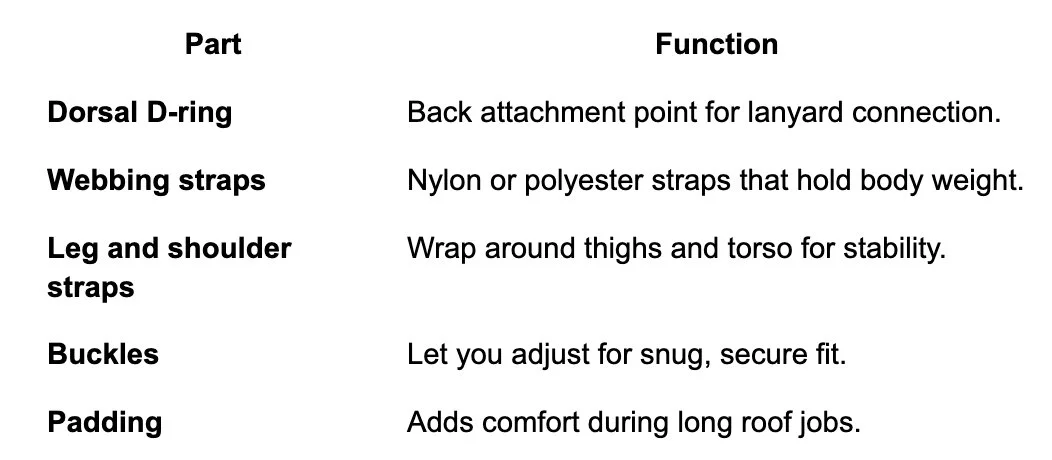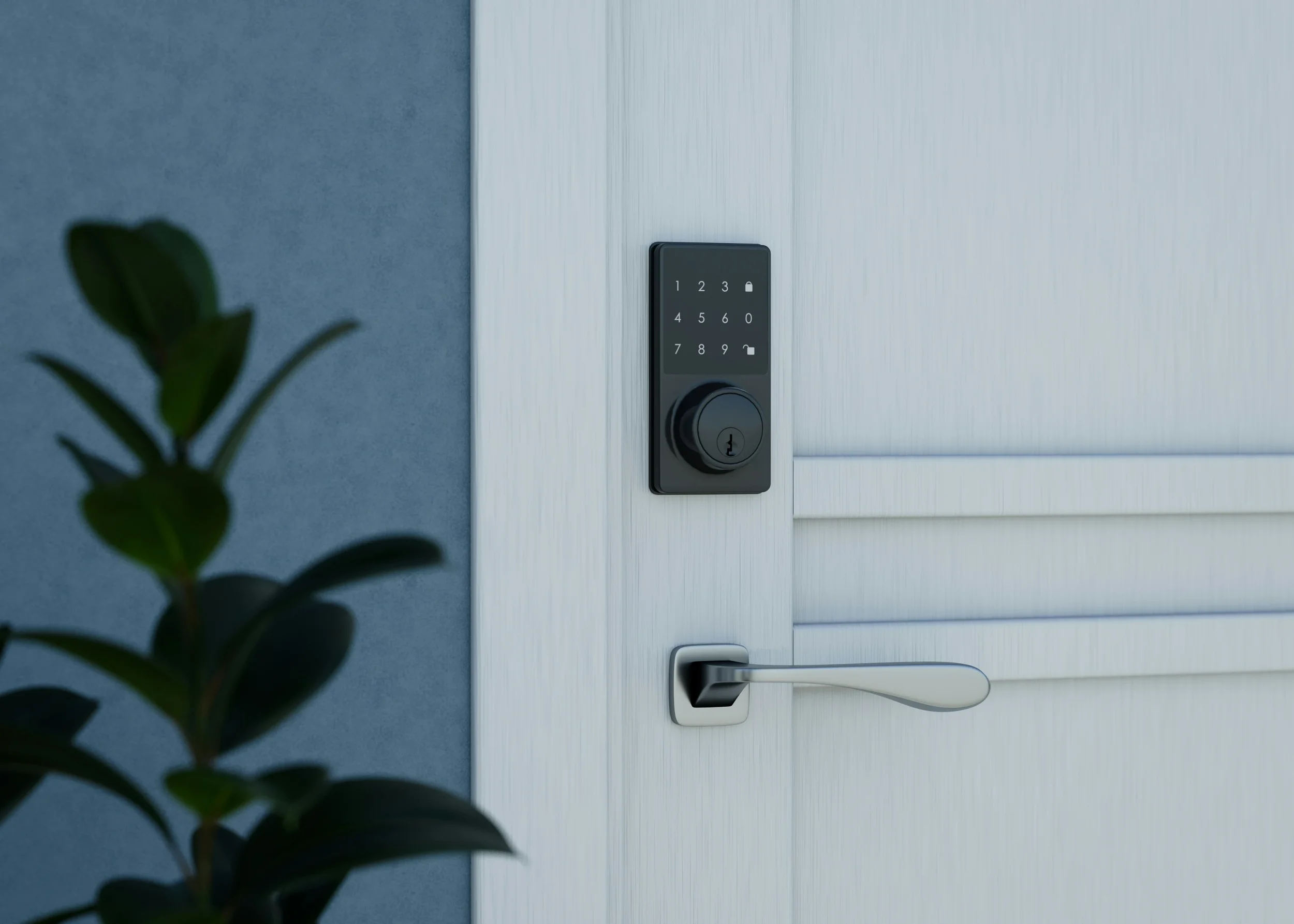How a Climbing Harness Can Keep You Safe During Roof Maintenance
Learn how a climbing harness enhances safety and stability during roof maintenance, helping prevent falls and making high work more secure.
Roof work looks simple until you feel the slope under your boots. Every year, hundreds of homeowners and professionals get hurt from roof falls.
A climbing harness for roof maintenance is the single most effective way to stop a slip from turning into a serious injury.
This guide explains how a harness protects you, how to choose the right one, and how to use it correctly.
Why Roof Work Is So Dangerous
Roof maintenance mixes height, hard surfaces, and changing weather — a risky trio. According to OSHA, falls make up over one-third of all construction injuries. Even a short fall of 8–10 feet can break bones or worse.
Common roof hazards:
Slippery surfaces: moss, rain, or dust reduce traction.
Steep pitches: more than 6:12 slopes make standing difficult.
Unstable footing: old shingles and loose nails cause slips.
Weather changes: sudden gusts or heat exhaustion affect balance.
A roof harness doesn’t remove these hazards — it controls them.
What a Climbing Harness Actually Does
A climbing harness connects your body to an anchor system through straps and a lanyard. If you fall, it spreads the stopping force across your hips, thighs, and shoulders, reducing shock on any single part.
When used with a shock-absorbing lanyard, the system slows your fall gently rather than snapping to a stop. That difference often means walking away unhurt instead of being pulled hard against the roof edge.
Core Parts of a Roof-Safety Harness
Each harness includes several crucial components:
Safety Standards Every Harness Must Meet
Not all harnesses are equal. Look for:
OSHA 1926 Subpart M: sets fall-protection rules for roof work.
ANSI Z359: defines how harnesses are tested for strength and comfort.
CSA (Canada) or ISO standards: recognized for international compliance.
Each certified harness comes with a label or tag showing compliance and maximum user weight. Never buy gear missing these markings.
Choosing the Right Climbing Harness for Roofing
Your ideal harness balances comfort, mobility, and safety rating.
For most users, a full-body harness rated at 310 lb or higher is the safest pick.
Harness + Anchor System: How They Work Together
A harness alone can’t save you — it must link to a secure anchor point. The anchor holds the load, the harness holds you, and the lanyard or rope grab connects the two.
Example setup:
Mount a rated roof anchor on a rafter or truss.
Connect a shock-absorbing lanyard to the D-ring on your back.
Clip the other end to the anchor using a locking carabiner.
Adjust slack so you can reach your work area but not the roof edge.
This system spreads energy during a fall, keeping you suspended until you regain footing or rescue help arrives.
Step-by-Step: How to Wear and Adjust Your Harness
Untangle straps — lay the harness flat and identify shoulders vs legs.
Step in — slip legs through loops like putting on pants.
Pull up shoulder straps and fasten chest buckle.
Tighten adjustments — straps should be snug, not restrictive.
Connect to anchor system before stepping on the roof.
Always double-check buckles and D-ring alignment. Loose straps cause slippage during a fall.
How to Inspect and Maintain Your Harness
Before every job, perform a quick inspection:
Look for frayed webbing or torn stitching.
Check buckles for rust or cracks.
Read the inspection tag for last check date.
Ensure labels are still legible.
After heavy use or visible damage, retire the harness immediately. Store gear in a dry, shaded area away from chemicals or sunlight.
Real-Life Example: Safe Roof Repair in Action
A homeowner plans to replace a few cracked shingles on a 10-foot-high roof.
He uses a Guardian anchor plate, a 3M harness, and a 6-foot lanyard.
He installs the anchor near the ridge, clips the lanyard to the back D-ring, and keeps rope tension slightly firm.
During a brief slip on dusty shingles, the system holds him safely — proving that preparation prevents injury.
Mistakes to Avoid When Using a Roof Harness
Skipping anchor installation or using nails in soft wood.
Wearing harness over bulky jackets (reduces proper fit).
Letting lanyard drag on sharp edges.
Ignoring inspection tags.
Sharing harnesses without size checks.
Avoid these and your harness will perform as designed.
Conclusion: Stay Secure on Every Roof Job
Roof maintenance is safer when you trust your gear. A climbing harness for roof maintenance gives you freedom to move and peace of mind knowing you’re protected.
Explore our Roof Safety Kits and Full Body Harnesses to get started. If you have questions, contact our team — we’ll help match your job to the right safety gear.
Further Reading and Resources
Internal guide: Roof Ladder Safety Tips
































